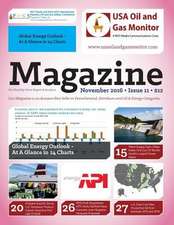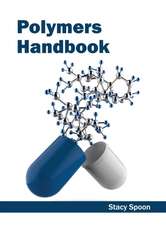Experimental Design in Petroleum Reservoir Studies
Autor Mohammad Jamshidnezhaden Limba Engleză Paperback – 22 apr 2015
- Apply the practical knowledge and know-how now with real-world case studies included
- Gain confidence in deviating uncertain parameters surrounding the underdeveloped reservoir with a focus on application of experimental design
- Alleviate some of the guesswork in history-matching and prediction phrases with explanations on uncertainty analysis
Preț: 368.32 lei
Preț vechi: 476.00 lei
-23% Nou
Puncte Express: 552
Preț estimativ în valută:
70.49€ • 73.32$ • 58.19£
70.49€ • 73.32$ • 58.19£
Carte tipărită la comandă
Livrare economică 07-21 aprilie
Preluare comenzi: 021 569.72.76
Specificații
ISBN-13: 9780128030707
ISBN-10: 0128030704
Pagini: 186
Dimensiuni: 152 x 229 x 13 mm
Greutate: 0.3 kg
Editura: ELSEVIER SCIENCE
ISBN-10: 0128030704
Pagini: 186
Dimensiuni: 152 x 229 x 13 mm
Greutate: 0.3 kg
Editura: ELSEVIER SCIENCE
Cuprins
PrefaceChapter 1: IntroductionChapter 2: Reservoir ModelingChapter 3: Experimental Design in Reservoir EngineeringChapter 4: Case StudiesReferencesAppendixIndex







![Education and Training for the Oil and Gas Industry: Building A Technically Competent Workforce [CUSTOM]](https://i0.books-express.ro/bt/9780128037553/education-and-training-for-the-oil-and-gas-industry-building-a-technically-competent-workforce-custom.jpg)

















